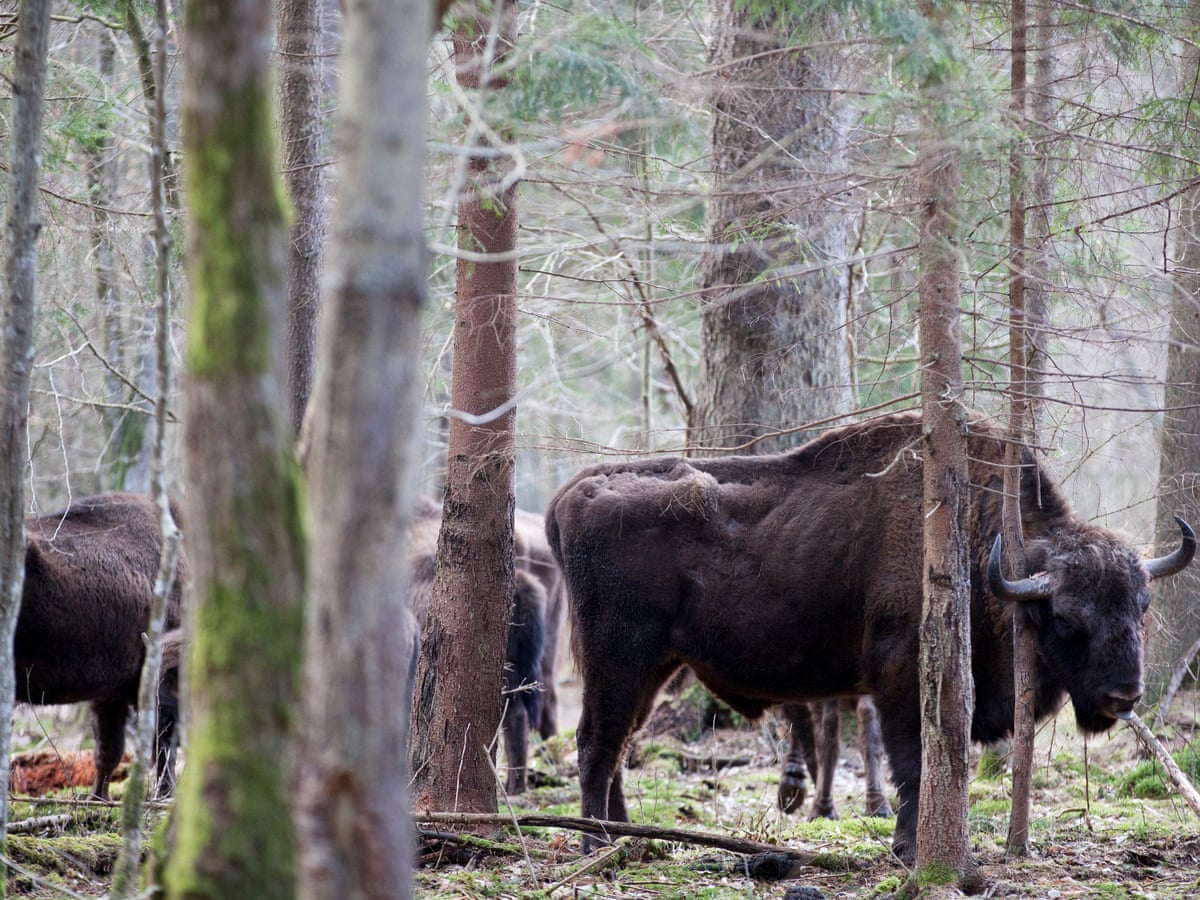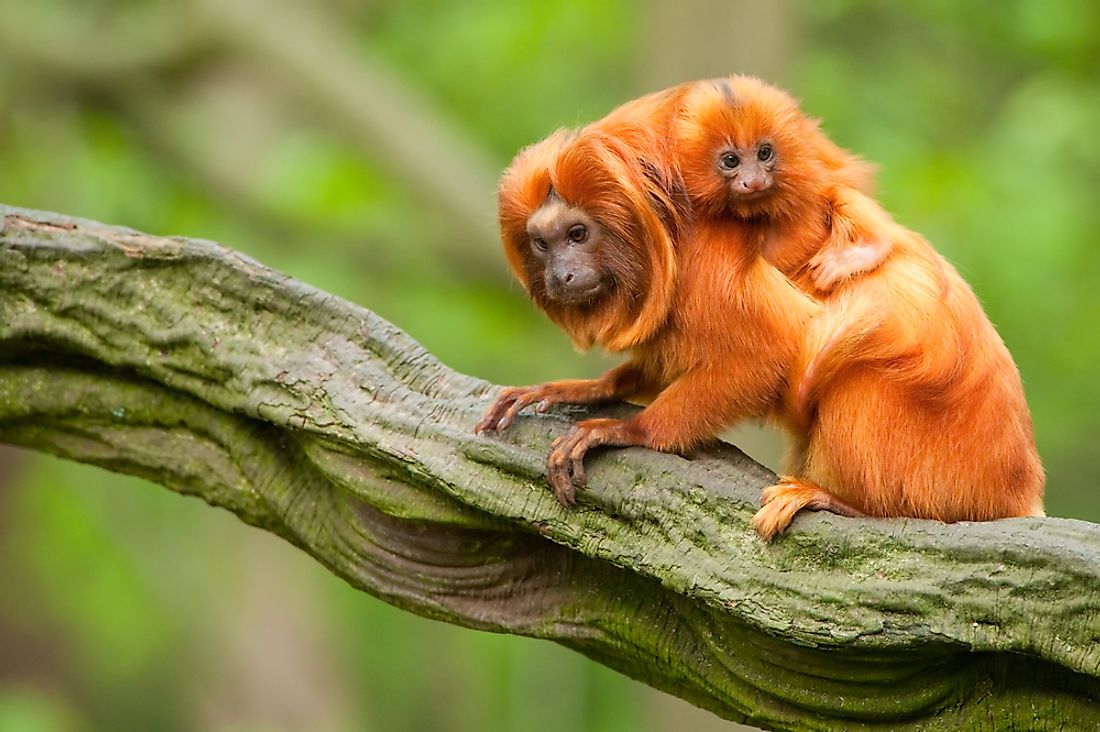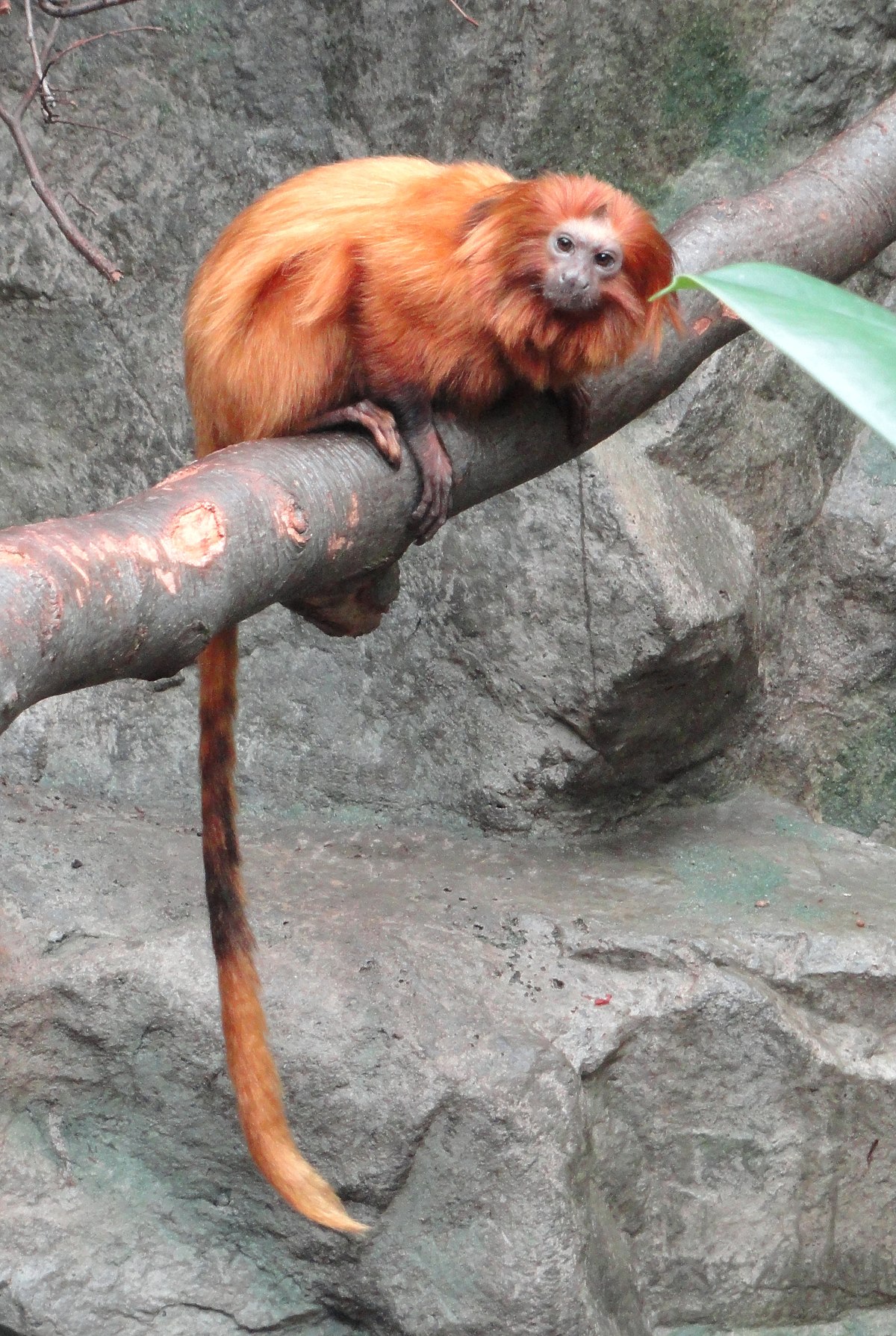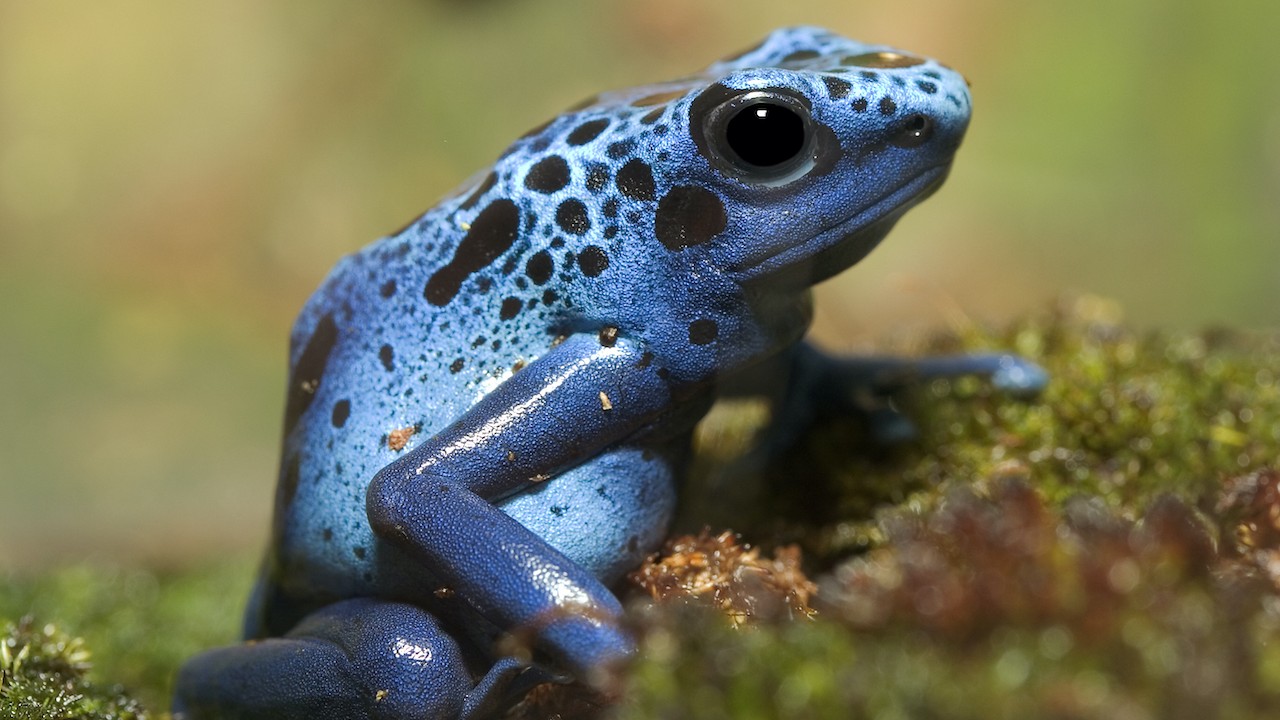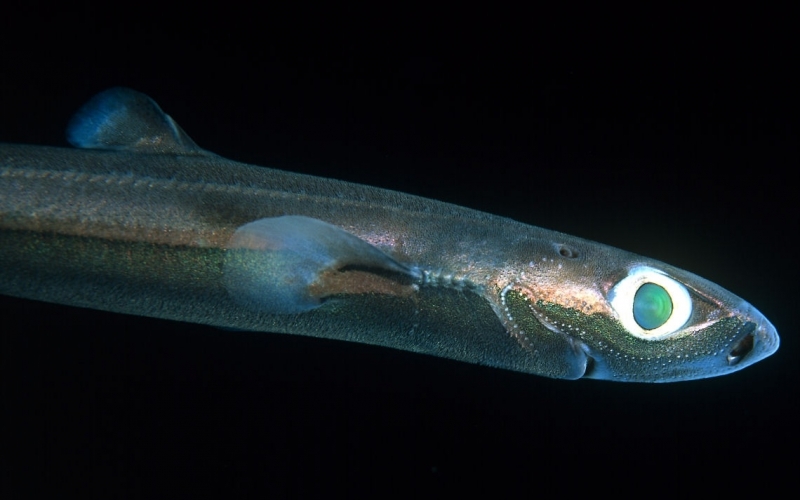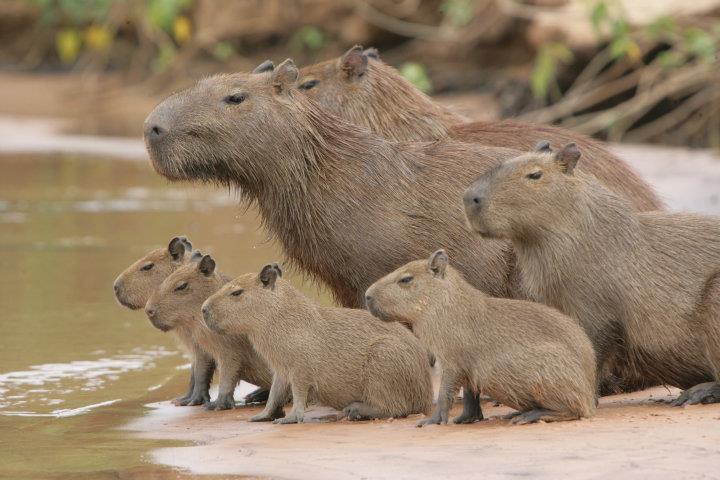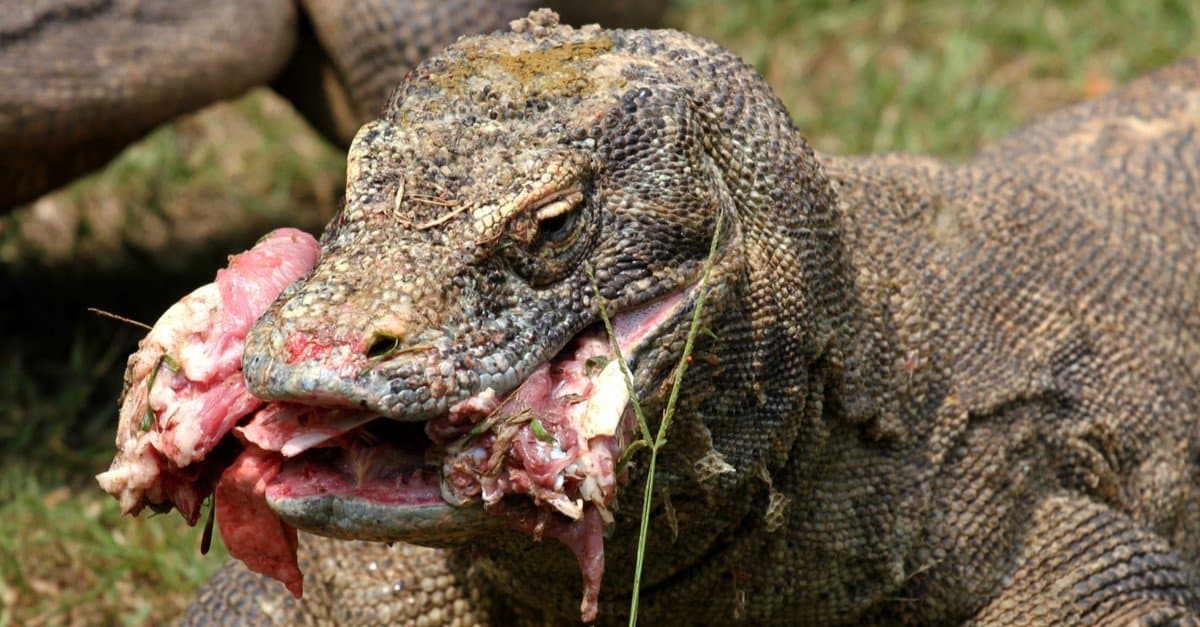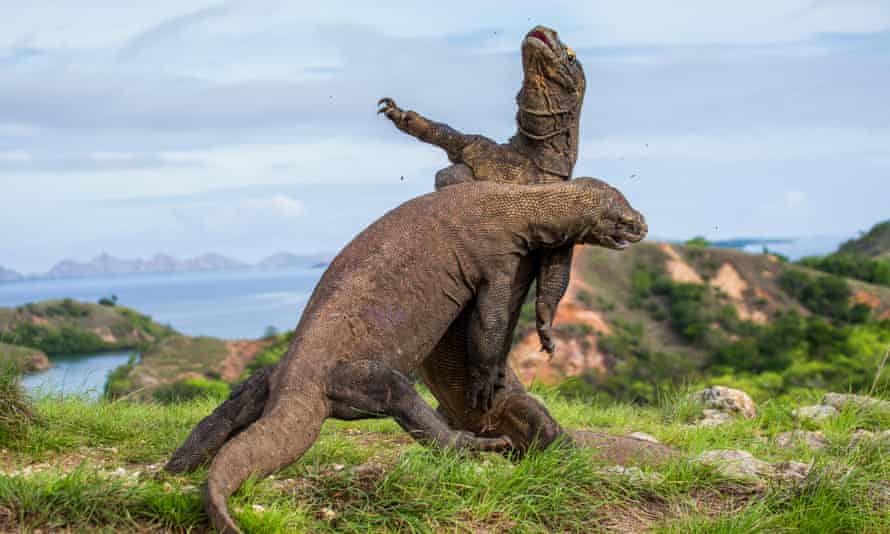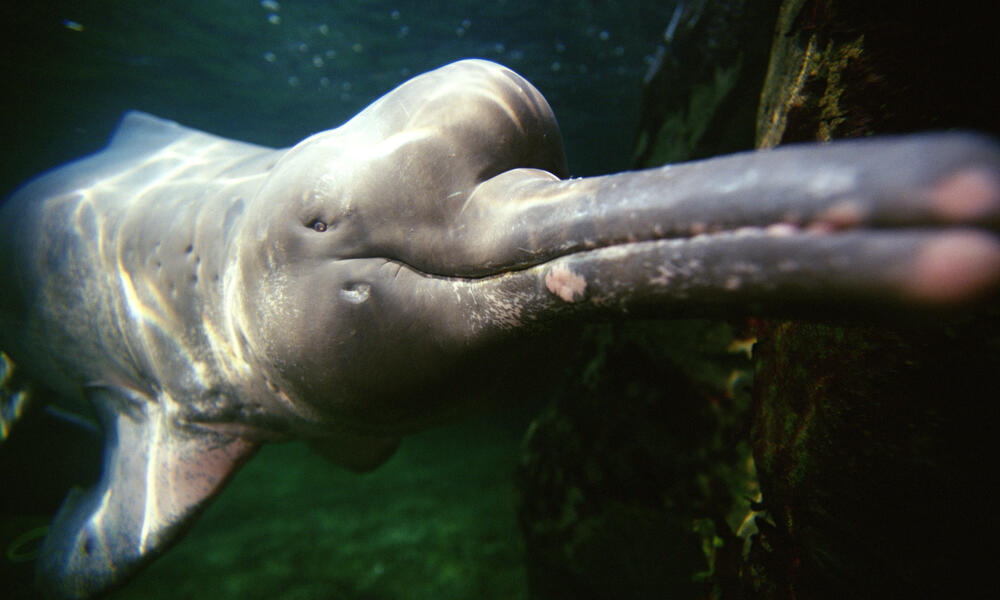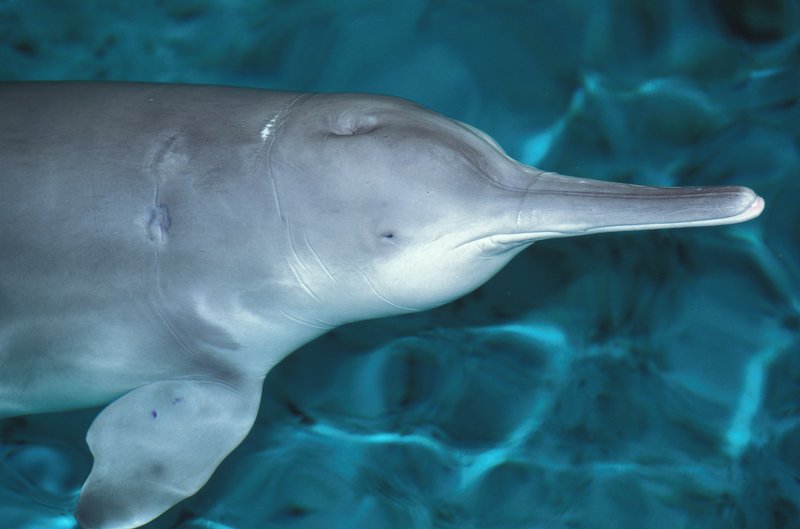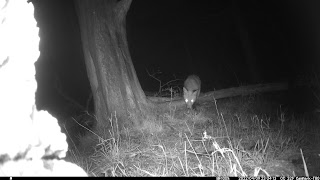This time we put the camera trap in a spot which we often put it in. It is a great spot as it is sheltered from the wind and rain and there's plenty of wildlife there. However we put it there a week ago and caught nothing. The camera even came up with a screen saying no image. So we put in the same spot again and hoped for the best. And we got what I think is the best group of animals we have ever had in the woods next to our house. When we turned it on and went through all the different animals, we started off with the usual pigeon and squirrels.
The squirrel was dancing.
We also got a nice picture of a thrush aswell which was something we don't usually have.
Then the next couple of photos was of an animal we had never seen in the woods before. And this animal was one we would have never even have guessed we would get on the camera trap. We had got footage of roe deer!
We think we got a little herd on the camera trap. I have no iDEER where they came from.
Before the deer though we also got a fox.
After the deer we got a great video and picture of a pheasant.
After that we got ANOTHER picture of a fox!
Next just to make our day, a snuffling badger came along!
And finally...
a bumble bee.
